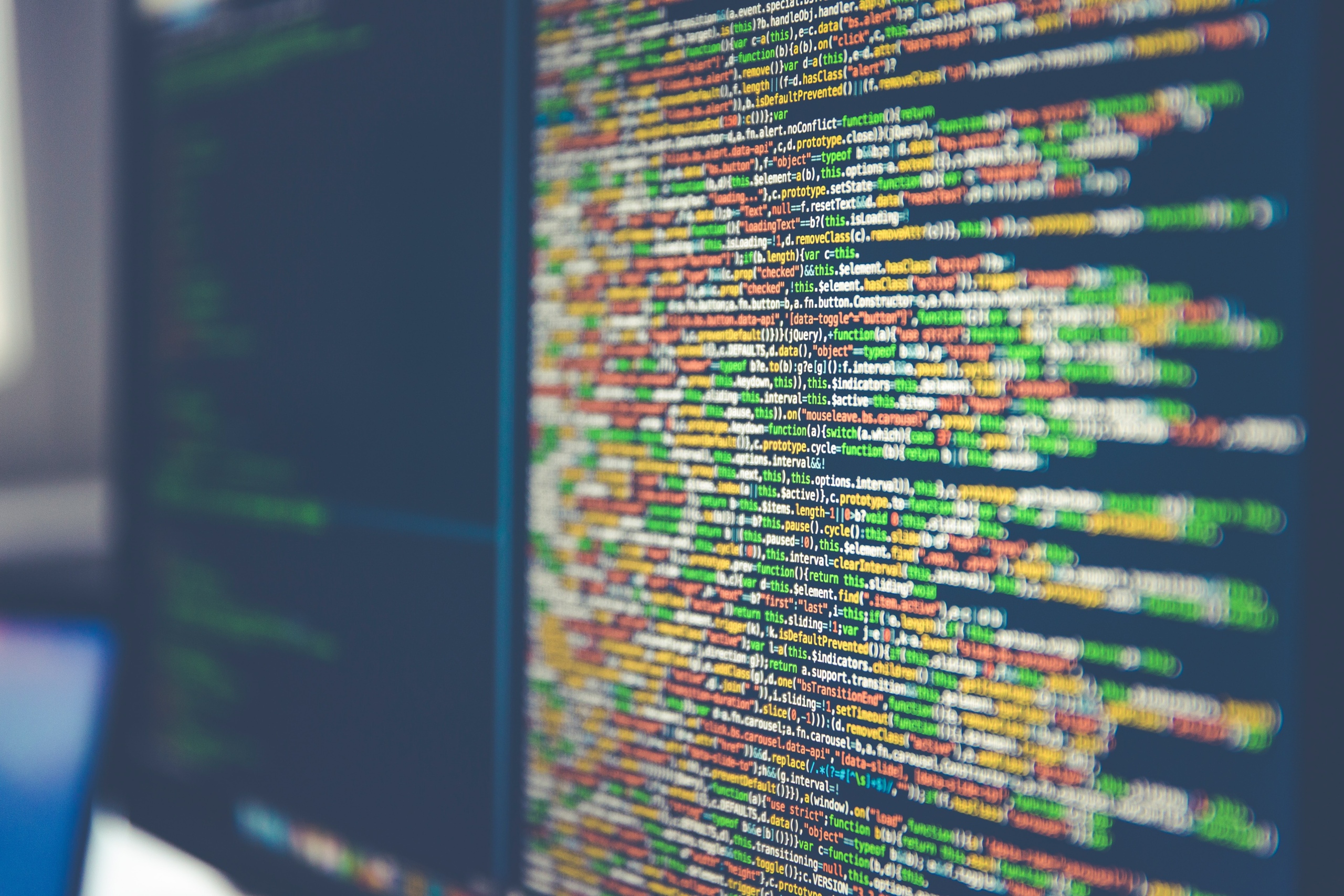It’s 2 in the afternoon, and you’re tired. Your eyes are drooping, and you can’t focus on the work in front of you. You try to shake yourself, hoping a jolt will wake you up. You get another cup of coffee—or some Mountain Dew, if that’s your brew—thinking the caffeine will give your system the kick it needs. Maybe you put in your ear buds and turn some music on, blasting it in your ears.
Yet even with all of that, you still drag. You’re not operating up to par, and you know it. But you don’t know how to fix that desire to slouch in your chair, or lay your head on your desk and take a nap.
Here are some tips to help you be able to focus throughout the workday, increasing your productivity.
Step 1: Organize the Workspace
The first thing you need to do is look around your workspace. What do you see? Pieces of paper scattered all over? The trash from yesterday’s lunch you forgot to throw away? Sticky notes on every surface?
If your workspace—be that a desk, cubicle, or office—is messy, your productivity is suffering. You might tell yourself your desk only looks messy, but you know where everything is. But do you really? How often do you have to sift through that mess of papers, looking for your notes from a business meeting or searching through résumés for your next interview? Once a week? Twice a day? You shouldn’t have to spend that much time searching—and if your workspace is clean, you won’t have to. You’ll already know where those papers are.
A clean workspace also helps you during that midafternoon slump, when all you want to do is sleep. When you’re surrounded by a mess, you get overwhelmed, not knowing where to start your work. You’re more likely to get distracted by what’s around you because the messiness inspires your mind to wander. But when your area is organized, those distractions disappear, and you can get more work done.
Step 2: Write a Task List
Write a task list for everything you need to do today. Prioritize it, working on the most important stuff first. Having a task list will help your laziness because instead of thinking “I should be working,” you’ll be able to think of concrete tasks, like “I should be contacting this client” or “I should send out this memo.” It will also help your productivity because you won’t spend time figuring out what your next task should be. Since it’s all written down, you can move straight on down the list as you check things off.
One thing you should always keep in mind with task lists is that you are unlikely to ever complete the entire list in a day. That’s okay. As long as you stick to the list, and you’re getting the important stuff done each day, you can let the less important stuff slide until you can complete it.
Before each workday ends, try to write up a task list for tomorrow. That way, instead of taking time to orient yourself in the morning, you will be prepared to get straight to work—saving valuable time. Plus, if you wait until the morning to write a task list, you might not remember everything from the previous day.
Step 3: Manage your Time
Managing your time will also help you reduce your laziness and increase your productivity. Keep in mind that some of the most important tasks will take the most amount of time. Some people call this the 80/20 rule, meaning that 20% of the tasks you complete any given day account for 80% of the output. This is why it’s important to know which tasks have the highest priority. You want to be able to give those tasks the time they deserve, rather than allotting too much time to a task that is menial.
The best way to manage your time is by scheduling your time. Look at your task list and then make a schedule based around it. If you need to spend 3 hours working on one task, plan for that. Say that you’ll work on it between 8 and 11, and then schedule the next task after that. Plan out your entire day, and then stick to that plan.
Having a plan will enable you to track your productivity, and prevent you from falling behind. If you find you are taking longer, you can identify which tasks may require more time and adjust your schedule accordingly.
Step 4: Eliminate any Distractions
Distractions kill productivity and inspire laziness. Make sure to identify and eliminate them. If you get distracted on Facebook, block it on your work computer. If you have a coworker who constantly talks to you, distracting you from your work, see if you can turn some music on to ignore them and get some work done. You know what your distraction vices are. All you have to do is take some initiative: think of a way to block its ability to affect you.
Step 5: Simplify the Tasks
Do what you can to make tasks easier. One of the best ways to accomplish this is to make sure the office appliances and supplies are conveniently located for everyone. If there is only one printer in the office, make sure it’s in a central location. You don’t want to have to walk clear across the office to print something. Not only does that take time, but someone might flag you down and start talking to you, effectively distracting you.
If projects have to move through multiple people, use some workflow automation software. Instead of having to contact the next person in line to tell them you’re done with your part of the project and they can take over, the software will send it to them. Then you don’t have to take time out of your schedule to write an e-mail or chat message, waiting for a response so you know they got your message. You can jump right onto the next task.
With these steps, you can become the productive worker you want to be. You can plow through those midafternoon doldrums when everyone else around you is trying not to doze off. Those times will be a thing of the past for you, never affecting your productivity again.
<a href=“https://plus.google.com/u/2/109998147810284937674/posts?rel=author”>Jake
Magleby</a> has written extensively about effective marketing, sales, and financing strategies to help small business owners succeed in the fast-paced and ever-changing business world. He also has an interest in education and development.





